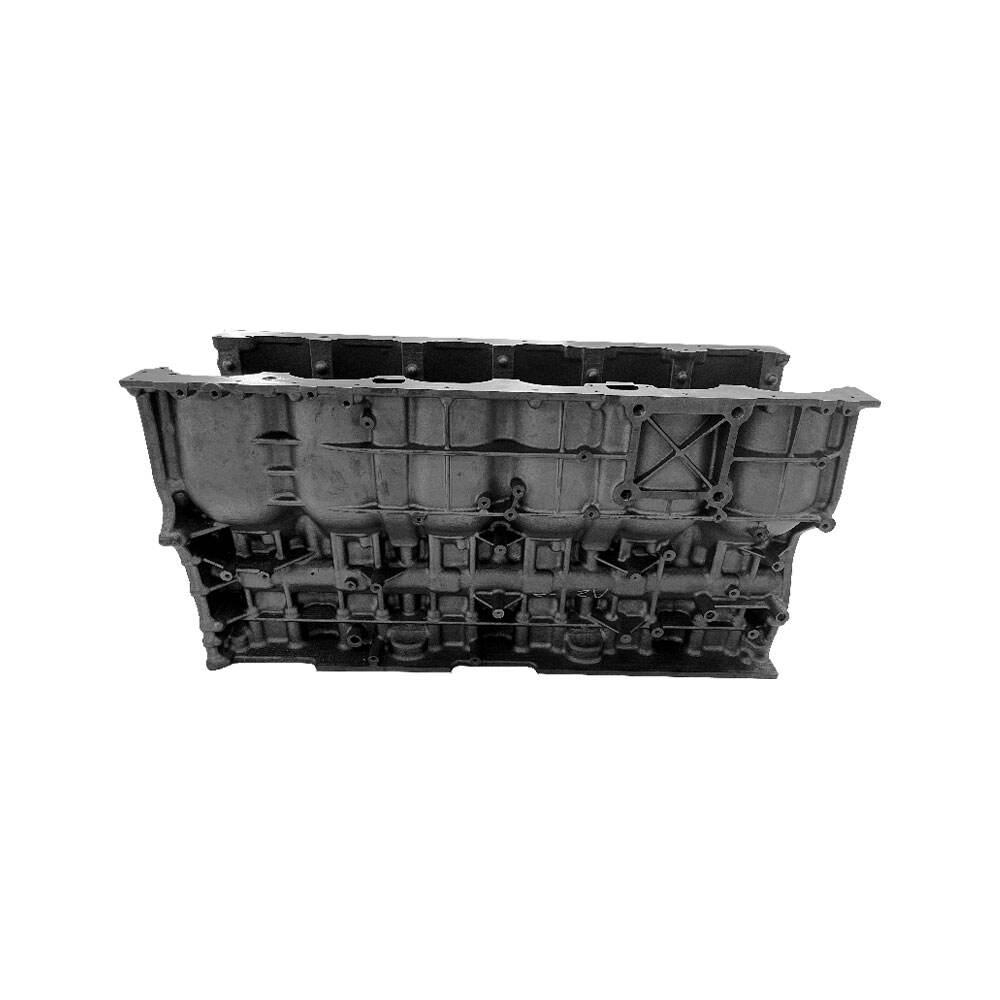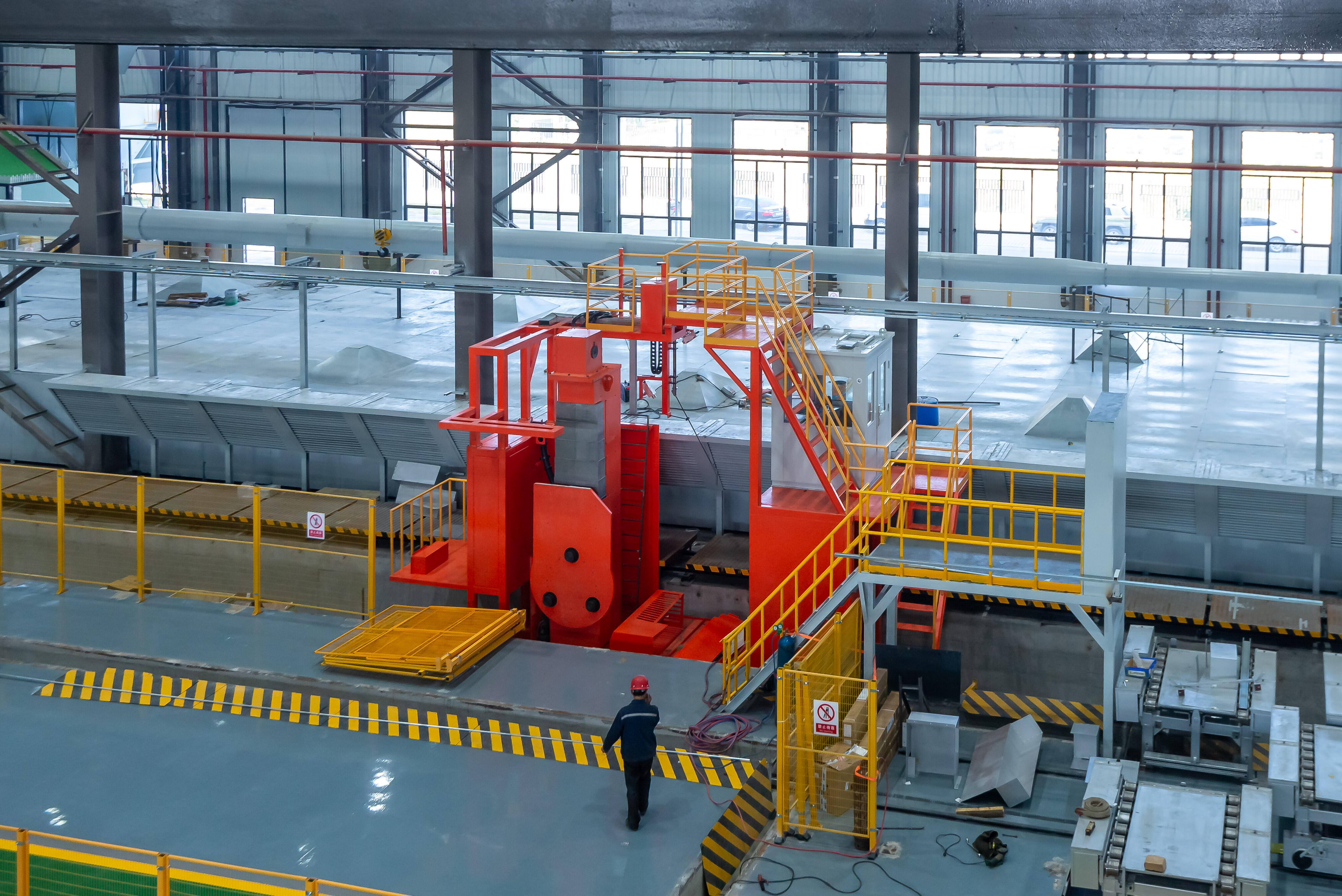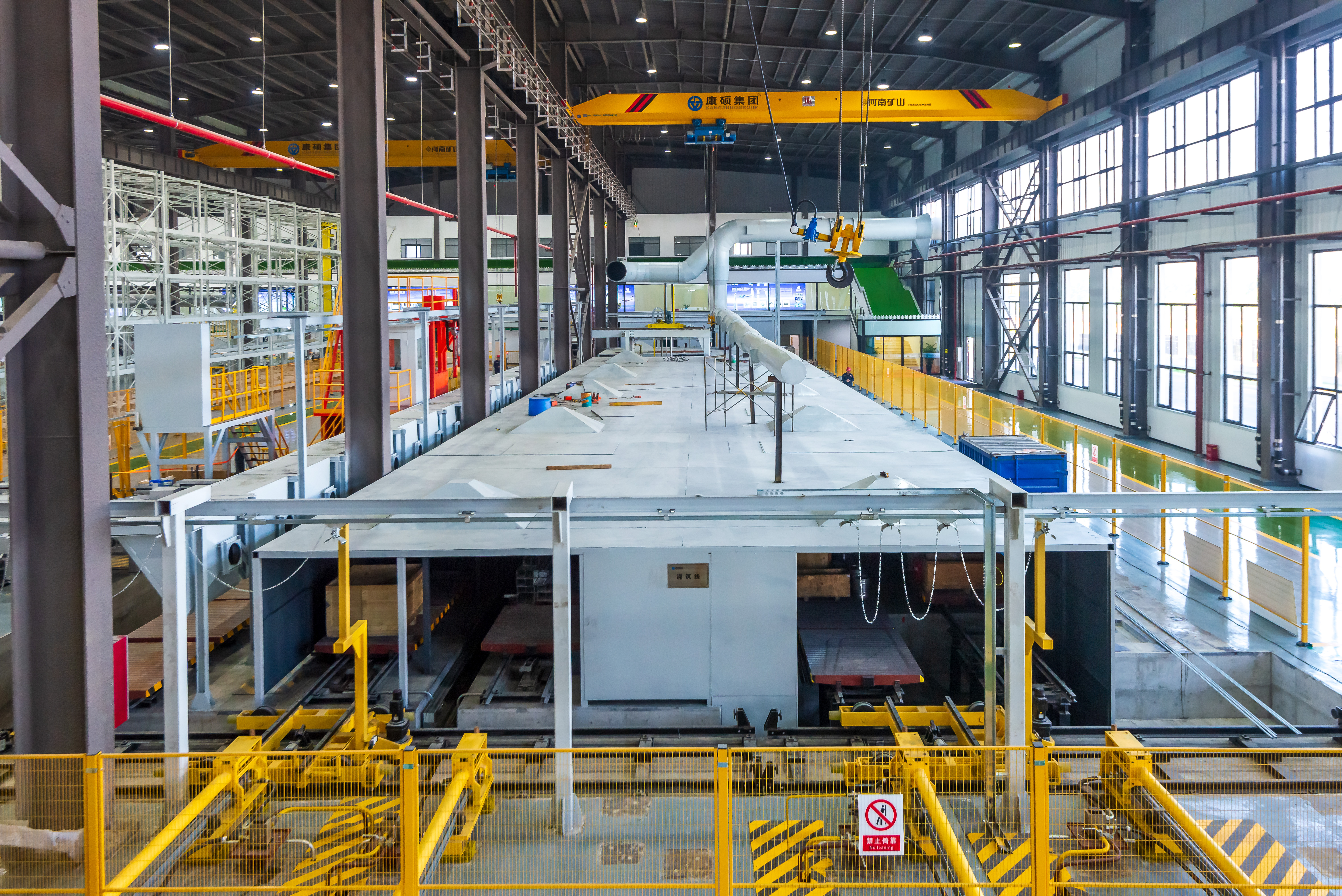gravity casting aluminium
Gravity casting aluminium is a sophisticated metal forming process that utilizes gravitational force to fill molds with molten aluminum. This time-tested manufacturing method involves pouring liquid aluminum into permanent molds, typically made from steel or cast iron, allowing the metal to solidify under normal gravity. The process stands out for its ability to produce complex geometrical shapes with excellent surface finish and dimensional accuracy. The method operates by heating aluminum to its melting point, approximately 660°C, before carefully controlling its flow into pre-heated molds. The solidification process is precisely managed through strategic cooling channels within the mold, ensuring optimal crystallization and minimal defects. This casting technique proves particularly valuable in producing components requiring high structural integrity and aesthetic appeal. Common applications include automotive parts such as engine blocks and cylinder heads, industrial machinery components, architectural elements, and consumer goods. The process offers remarkable versatility in terms of part size and complexity, capable of producing components ranging from small electronic housings to large industrial equipment parts. Additionally, gravity casting aluminum delivers consistent quality across production runs, making it ideal for both prototype development and high-volume manufacturing scenarios.


